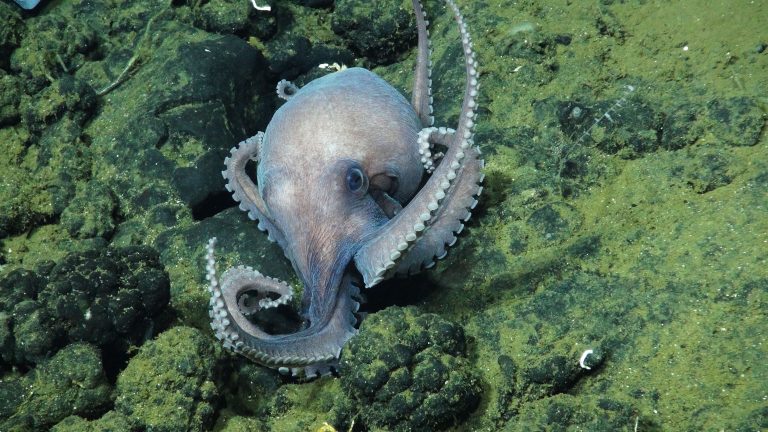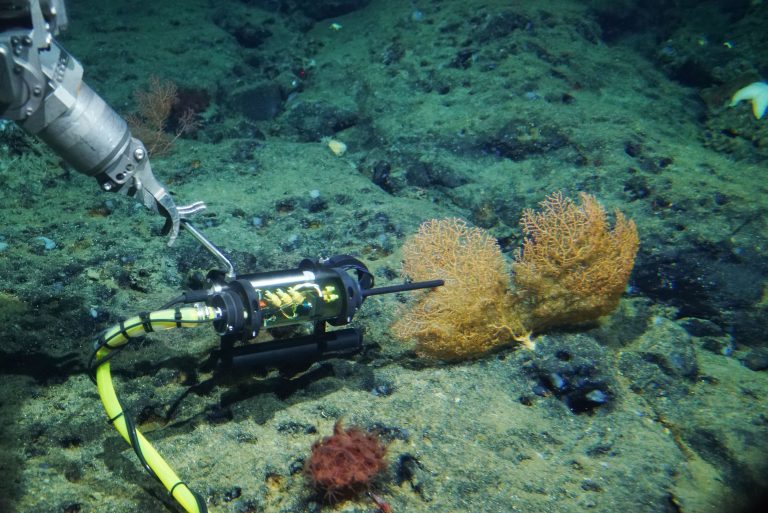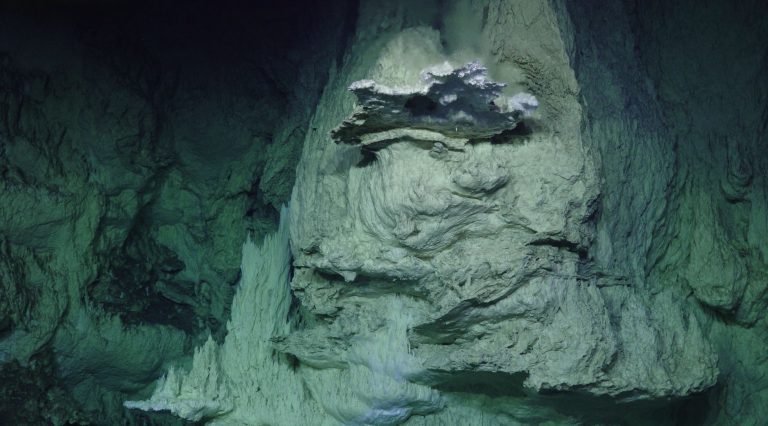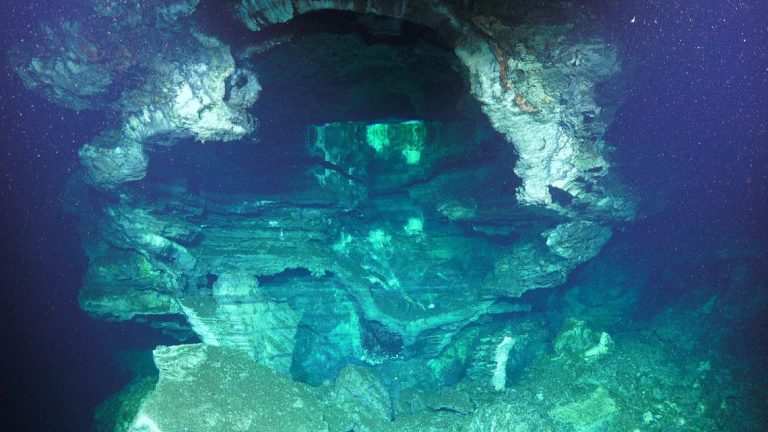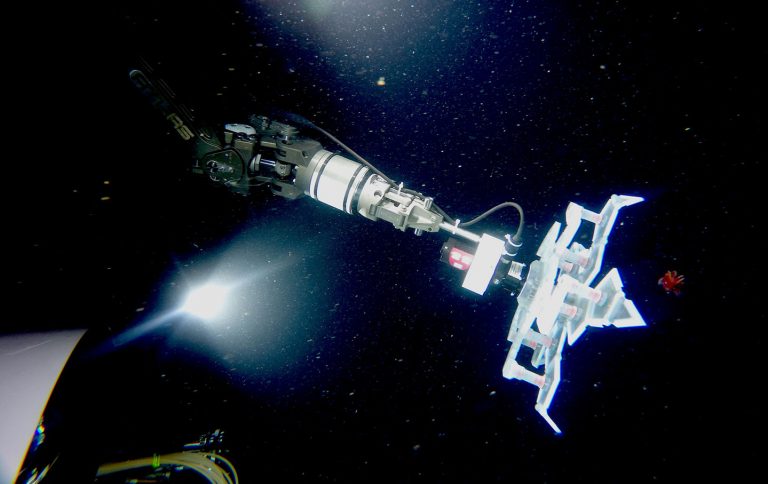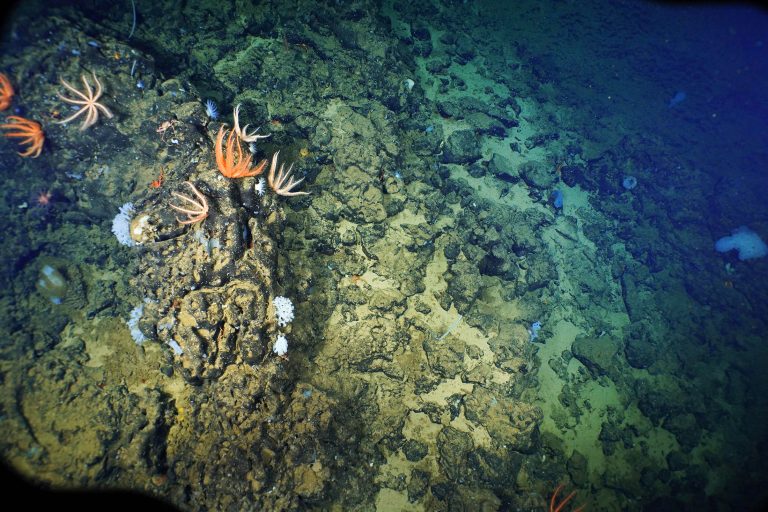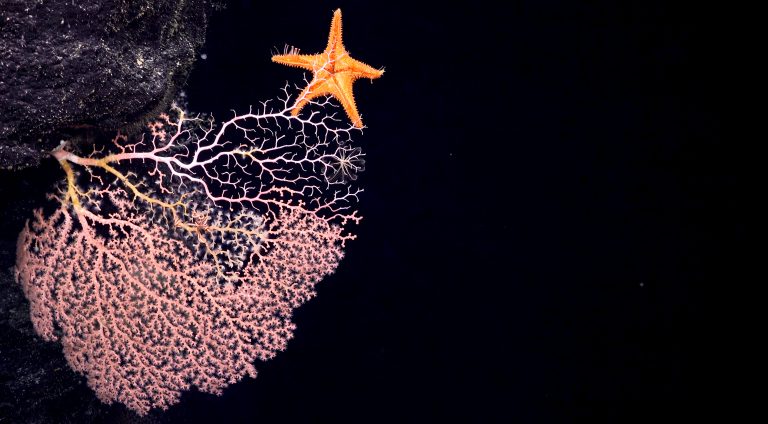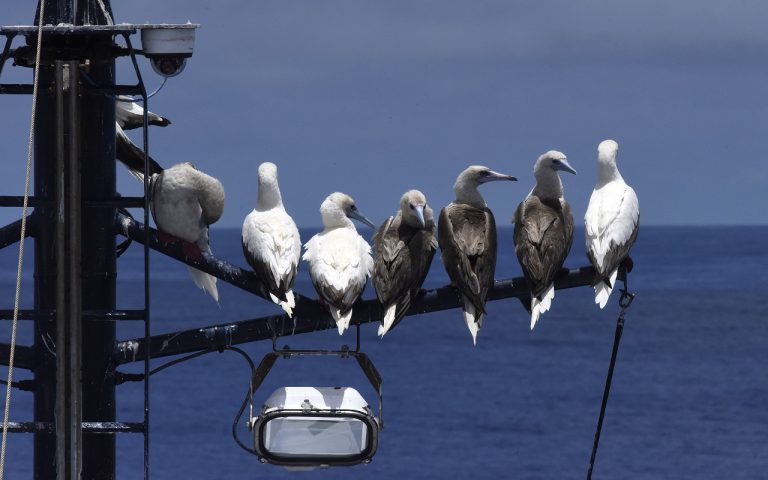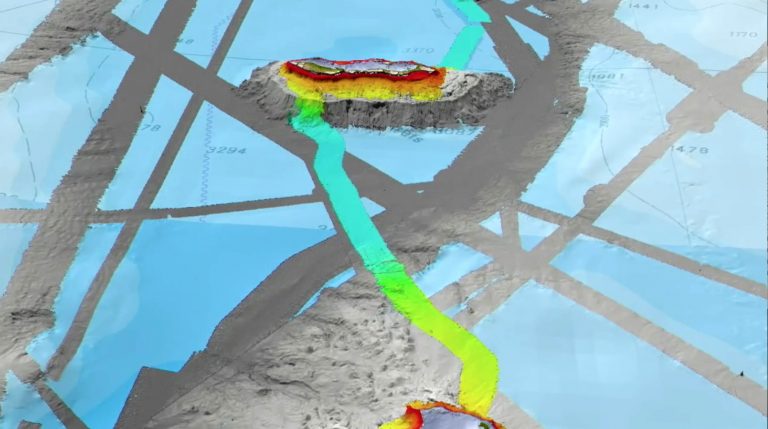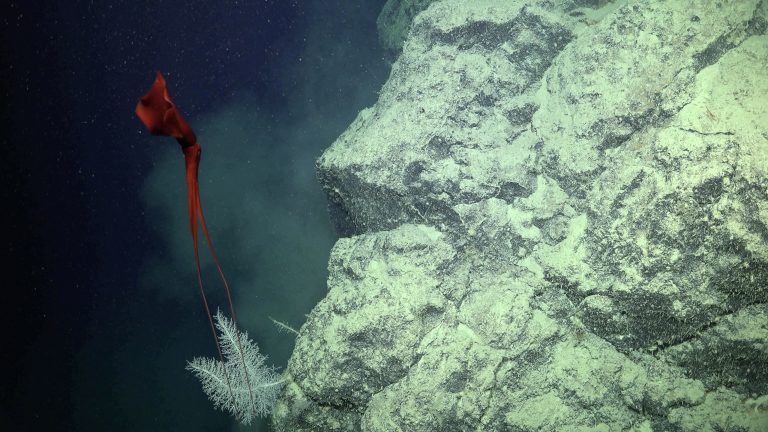Cruise: Octopus Odyssey
Expedition dates: June 2 - June 21, 2023 The west coast of Costa Rica is home to numerous seamounts— underwater mountains that facilitate stunning biodiversity in the deep sea. While some of these seamounts have been explored, and a few of these are protected by the Costa Rican government, others remain minimally studied, especially along … Continued
